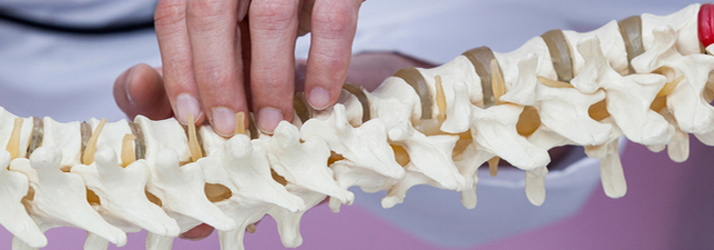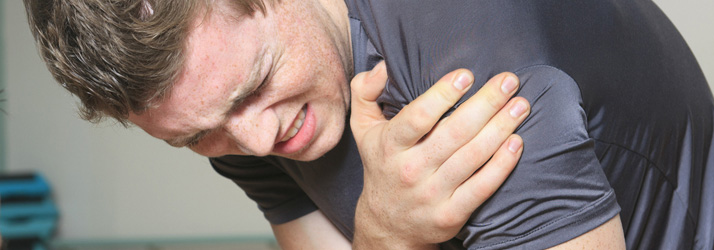Helix Chiropractic & Sports Clinic Blog
Why Choose Chiropractic Care in Vadnais Heights MN
Why Choose Chiropractic Care in Vadnais Heights MN Chiropractic treatment is a viable solution for many different health issues. Whether you have a bulging disc in your back, debilitating back pain, or you suffer from severe headaches several times per week, seeing a chiropractor can help. The key is to find the right chiropractor for…
Vadnais Heights MN Chiropractic Clinic Talks About Bulging Discs
Vadnais Heights MN Chiropractic Clinic Talks About Bulging Discs Have you ever heard of a slipped disc? It’s a misnomer. Discs never “slip”, but they can bulge. When they do a Vadnais Heights MN chiropractor may be able to help. Intervertebral disc disorders are referred to as “contained” or “non-contained.” A bulging disc is considered…
Vadnais Heights MN Chiropractic Helps Auto Accident Patients
Vadnais Heights MN Chiropractic Helps Auto Accident Patients If you are ever unlucky enough to be injured in a car accident you may experience a strain on your neck muscles and the surrounding soft tissue. The feeling is called whiplash and it can limit your neck movement severely. When a vehicle is hit from the…
Vadnais Heights MN Chiropractic Care for Back Pain
Vadnais Heights MN Chiropractic Care for Back Pain Chiropractic care at our Vadnais Heights MN chiropractic clinic can diagnose and treat problems that affect the nerves, muscles, bones, and joints of your body. At a basic level, a chiropractor will gently adjust your spine. At a deeper level, chiropractors are doing much more than just…
Vadnais Heights MN Chiropractic Clinic Discusses Different Types of Headaches
Vadnais Heights MN Chiropractic Clinic Discusses Different Types of Headaches There are many causes of headaches, and many types, but the most common headache treated by Vadnais Heights MN chiropractors is called the cervicogenic headache, typically brought on by poor posture or stress. Vadnais Heights MN chiropractic care with gentle corrections, massage therapy, diet change,…
Why Injuries Respond to Chiropractic Care in Vadnais Heights MN
Why Injuries Respond to Chiropractic Care in Vadnais Heights MN No one ever plans to get injured, but injuries can happen at the spur of the moment and without warning. It doesn’t matter if you’re an athlete, a schoolteacher, a retired grandparent, or a young child, injuries are just part of life. Some of them…







